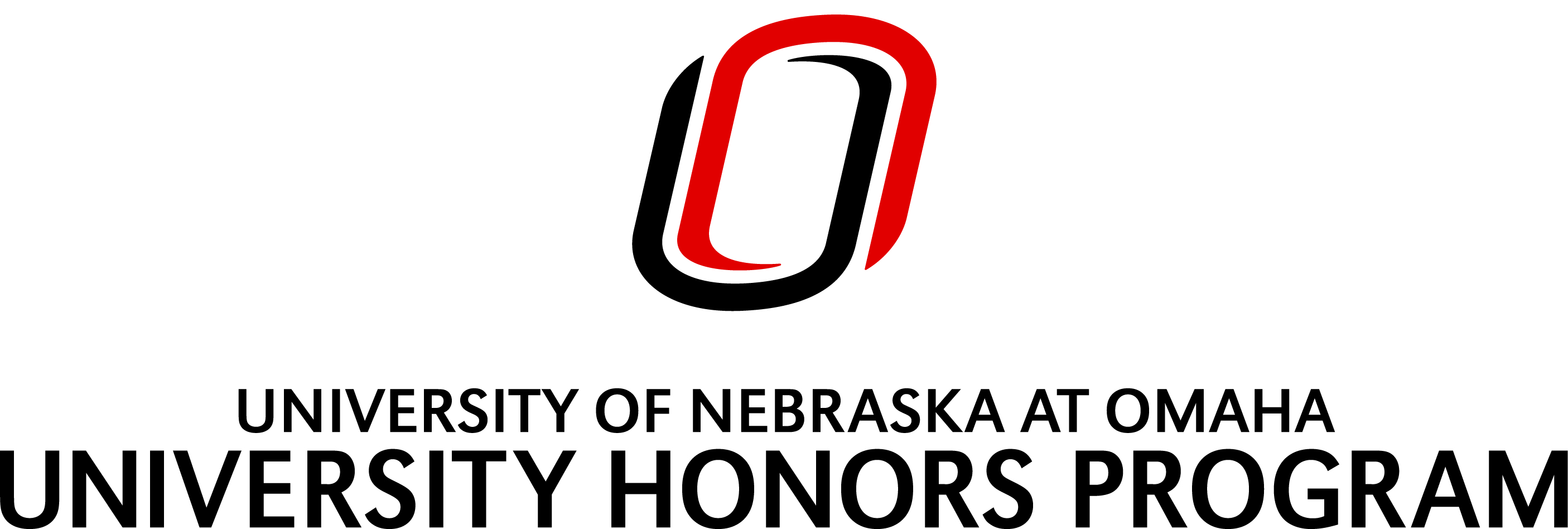Author ORCID Identifier
0000-0002-5459-4217
Month/Year of Graduation
5-2022
Degree Name
Bachelor of Science (B.S.)
Department
Bioinformatics
First Advisor
Dhundy Bastola
Abstract
Better understanding and genetic characterization of the gut microbiome will allow for the identification of clinically distinct gastrointestinal diseases. Facilitated by high throughput technologies, intestinal flora analyses have elucidated a broad spectrum of neuropsychiatric, immunological, and allergic disorders linked with this organ system. Microbiome research especially has shed light on underlying factors of intestinal disorders. This interplay of environmental bacteria versus host tissue gene expression may have implications for disease pathogenicity and etiological determination. For instance, pancreatic disorders are common symptoms of irritable bowel disease (IBD), which is thought to affect approximately 7% to 21% of the population [1]. However, IBD is often difficult to diagnose and treat as it presents with a constellation of symptoms, many of which are similar to other common gastrointestinal diseases. Thus, clinical diagnosis of IBD is typically only made when biomarkers for other common gastrointestinal diseases are absent. Similarly, pancreatic ductal adenocarcinoma (PDAC) accounts for over 90% of known malignancies of the pancreas [2]. PDAC also presents with a similar clinical prodrome to other common gastrointestinal illnesses, leading to late diagnosis. These potentially pleiotropic genes involved in such diseases can be identified as biomarkers through gene expression analyses to use in the form of a diagnostic tool. Such a mechanism may inform clinical decision-making, in turn leading to better patient outcomes.
Recommended Citation
Uppala, Lavanya, "Identification of Synonymous Genes and Pathways Implicated in Irritable Bowel Disease and Pancreatic Duct Adenocarcinoma" (2022). Theses/Capstones/Creative Projects. 183.
https://digitalcommons.unomaha.edu/university_honors_program/183
Creative Commons License

This work is licensed under a Creative Commons Attribution-Share Alike 4.0 License.

